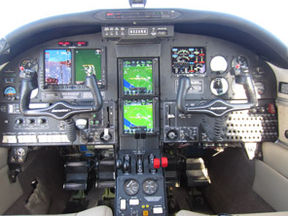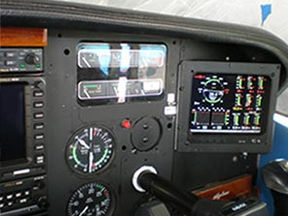

Aircraft Instruments Use for Characterization Of Aerosol Optical Properties
What are Aircraft Instruments? Aircraft pilots cannot just look out of the window and know where they and what is going on around them....


Aircraft Engine Monitoring: How It Works
When the passengers are informed that an aircraft cannot take off due to technical reasons, it usually means that the airline not only...


Value Of Digital EGT Gauge For Precision Engine Monitoring
During World War II and in response to the war ministry’s directives, aircraft manufacturers had to constantly try and improve the engine...


Characteristics and Operation of Flight Engine Instruments
When the Wright brothers took off way back in 1903, even they realised that for a successful and safe flight, the pilot(s) would need an...


Aircraft Flight and Digital Instruments Systems
Until just a few years ago, aircraft had three distinct sets of instrument – aircraft flight instrument, aircraft engine instruments and...


Modern High-Speed Electrical Instruments for Maintaining the Aircraft
At some point in time or the other, we all have watched WWII movies with planes flying high and pilots frantically tapping the fuel gage...


Difference between Single and Twin Engine Aircraft Monitoring
Ask any pilot and they will tell you that a twin engine is better than a single engine. Generally, and especially in the aircraft...


Aircraft Engine Monitoring: How It Works
With cost of aircraft acquisition and aviation fuel reaching unprecedented levels coupled with expensive engineering and maintenance cost...
Aircraft Fuel Flow Instruments
Slim Line GaugesAircraft Fuel Flow (FF) is probably one of the most important of aircraft engine parameters that need to be captured....


Aircraft Electrical Systems for Single & Twin Engines
The instrument panel is intimately connected with the aircraft electrical systems – more so in the case of modern day aircraft with ultra...























